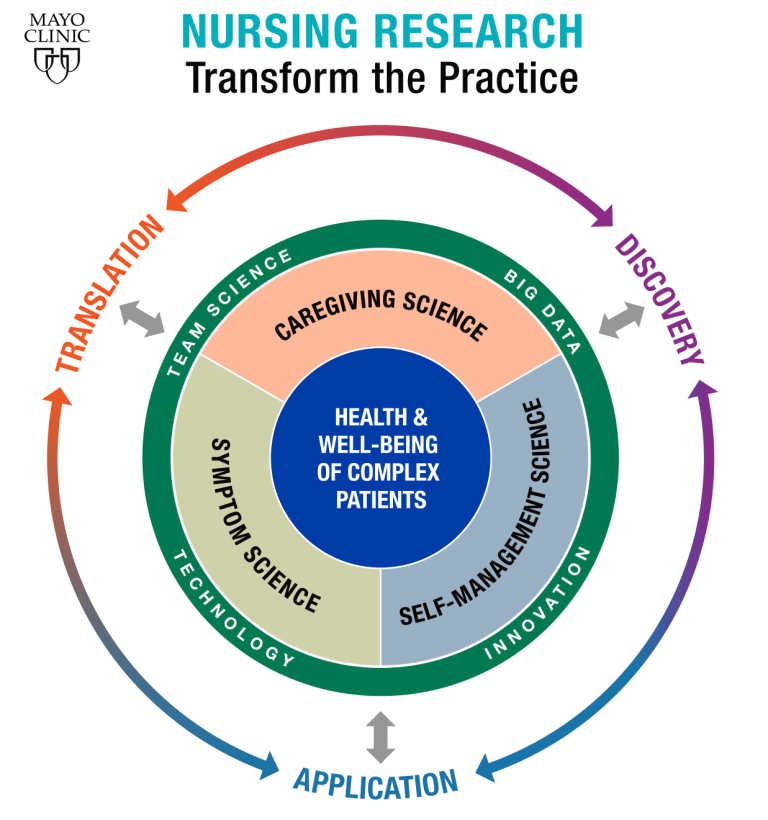Want to stay healthy and avoid germs and viruses? Wash your hands and stop touching your face. The Centers for Disease Control and Prevention says you can protect yourself against illness by avoiding touching your eyes, nose and mouth with unwashed hands. And as one Mayo Clinic expert explains, some of the most ordinary objects and places are often the most germ-filled.
Journalists: Broadcast-quality video pkg (0:59) is in the downloads at the end of the post. Please "Courtesy: Mayo Clinic News Network." Read the script.
Most people aren't aware they are doing it. They touch their faces between three to 30 times an hour. The problem, says Dr. Gregory Poland, is what they touch beforehand often is riddled with germs.
"Bathroom faucets, door handles, escalator rails, computer terminals, anything that is commonly touched by the public."
But how germ-filled are common objects? Let's start with money.
"Bad but not highly transmissible," he says.
Touch screens, devices and phones?
"Bad."
Restaurant menus?
"Really bad."
Doorknob handles?
"Really, really bad."
What about computer keyboards?
"Those have been shown over and over again to be really grossly contaminated," says Dr. Poland.
These common surfaces aren't just gross. They can be a vehicle to spread cold and flu viruses, and make us sick. Dr. Poland offers these suggestions to combat germ-filled objects:
"First, keep your hands out of your eyes, nose and mouth. Second is either wash your hands with soap and water, or use hand sanitizer."
And make sure you get your annual flu vaccine.
Information in this post was accurate at the time of its posting. Due to the fluid nature of the COVID-19 pandemic, scientific understanding along with guidelines and recommendations may have changed since the original publication date.
Check the Centers for Disease Control and Prevention website for additional updates on COVID-19. For more information and all your COVID-19 coverage, go to the Mayo Clinic News Network and mayoclinic.org.







